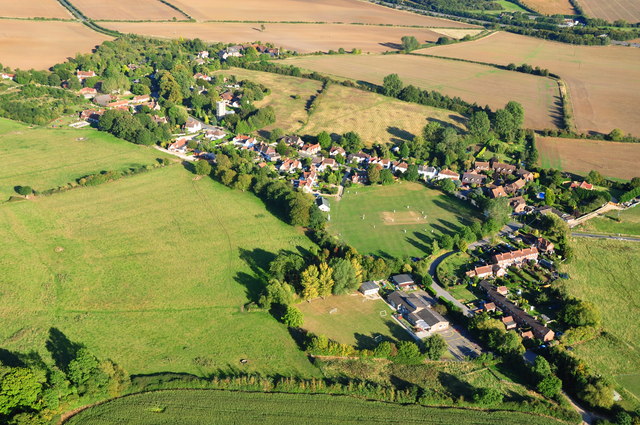What happened across our operating area?
When it comes to campaigning in local elections, a classic technique used by all political parties – who are expecting heavy losses – is to inflate the number they expect to lose, so that when they don’t lose that many, it allows them to have a positive spin.
Now, when the number they inflated is surpassed in the election, a harsh reality reveals itself to them; what to do next?
This was Sunak’s first election and a test of his leadership. Across the country the message was the same – people are unhappy with the current government. Whether it be with the Cost-of-Living crisis, the NHS or strikes, every pocket of identity that would normally vote conservative steered in another direction at this election.
In the home counties, deep blue districts came out in yellow, red and grey. Medway Council, a conservative district for 20 years, was taken over by Labour who now have overall control. Labour also won overall control of Bracknell Forest, Gravesham and Dover to the surprise of most, whilst also picking up numerous seats across the No overall Control Authorities. The Lib Dems won outright across Sussex, scooping up the likes of Chichester, Horsham, Guilford and Surrey East amongst many more. They have also pierced into conservative heartlands such as Windsor and Maidenhead and Dacorum. In Oxfordshire, there is no longer a conservative majority with the Lib Dems controlling the majority of districts.
Across Essex the Conservatives held their support, gaining seats in some areas, such as Harlow, Uttlesford, Basildon and Tendring, hanging on to power in Thurrock and Braintree but losing control in Rochford and Brentwood.
The blue bastion of Hertfordshire saw the Conservatives losing seats across the county but most notably East Hertfordshire where they lost 27 seats with the Greens now the largest party.
Of course, not all the votes went to Labour, and General Election-looking Conservatives may be appeased by this. Many are pointing to the Projected National Share (PNS) of the vote and saying that, although the Conservatives were hammered, the votes were distributed amongst Labour, Lib Dems, Greens and Independents. Furthermore, the Labour Party has the same PNS as it did under Corbyn in the 2019 local elections – which did not end well for Labour.
But despite the narrative being picked up by the conservatives that this number will not lead the Labour Party to have an overall majority, what they are ignoring is that regardless, the Conservative Party will no longer be the largest in Parliament. Labour is ahead of the Conservatives by 9 points and is set to win the most seats. Unsurprisingly, the most asked question Sir Keir Starmer has been asked after the elections is “Will you go into a coalition”.
To overcome this, the Conservative Party must change. One senior MP suggested that the Government try to provide a more robust and optimistic plan for the future. It may sound simplistic, but in the past, it has worked wonders. In July 2019, then-Prime Minister Teresa May took on heavy losses at the local election. This led to her resignation. Yet, by the end of the year almost six months later, the conservatives entered government with an 80-seat majority.
There are of course different factors, and Rishi Sunak is unlikely to step aside now. A lot of people are also looking for a change. With the continued frustration at all levels of government such as with the changes in NPPF, sewage in rivers and soaring energy prices, the conservatives will need to use this election to reflect on their narrative and position if they are to survive an election.

Strategic land and site promotion
“Chelgate gives a real insight into political thinking at all levels and all political persuasions, …

Energy and infrastructure
From new nuclear and unconventional gas to renewables, waste and airports, our team has worked …


